Maserati’s grand five-year product plan was revealed at brain-scrambling speed in a dizzying series of slides. There were new products and bold promises, headlined by a 200mph sports car, a sub-brand for electric motors and a small SUV. It was all hugely ambitious, with bosses vowing to boost sales, add prestige and generally return the brand to greatness.
Skip forward to today and little of that product plan, announced at the Fiat Chrysler Automobiles Capital Markets Day event in 2018, survives. Neither the sports car, the Alfieri, nor the EV powertrain line, Maserati Blue, ever materialised.
In the intervening 24 months, new management has swept in at both FCA and Maserati. A new five-year product plan has been developed for Maserati, and that plan was recently revealed to the world at the brand’s Modena headquarters. After a grand evening event featuring lights, music, drummers and a choir to showcase its new halo model, the MC20, the big news came the following day.
The grand five-year product plan was revealed at brain-scrambling speed in a dizzying series of slides. There were new products and bold promises, headlined by a 200mph sports car, a sub-brand for EV motors and a small SUV (as one of 13 new models due in the next five years). It was all hugely ambitious, with bosses vowing to boost sales, add prestige and generally return the brand to greatness.

Why should we believe it this time? After all, even FCA boss Mike Manley acknowledges that Maserati’s long history of undelivered promises, stretching back long before 2018, makes it easy to be sceptical. “The world is absolutely full of sceptics, particularly if they’ve been proven right through mis-step or mis-actions in the past, because then they become prophets,” he says. “I’ll tell you what we’ve done wrong in the past: Maserati does well when it launches new radical products, but in the luxury arena, if you launch and leave, the decay of that product is pretty quick. You have to have a well thought through plan that’s funded and includes proper lifecycle management of vehicles.

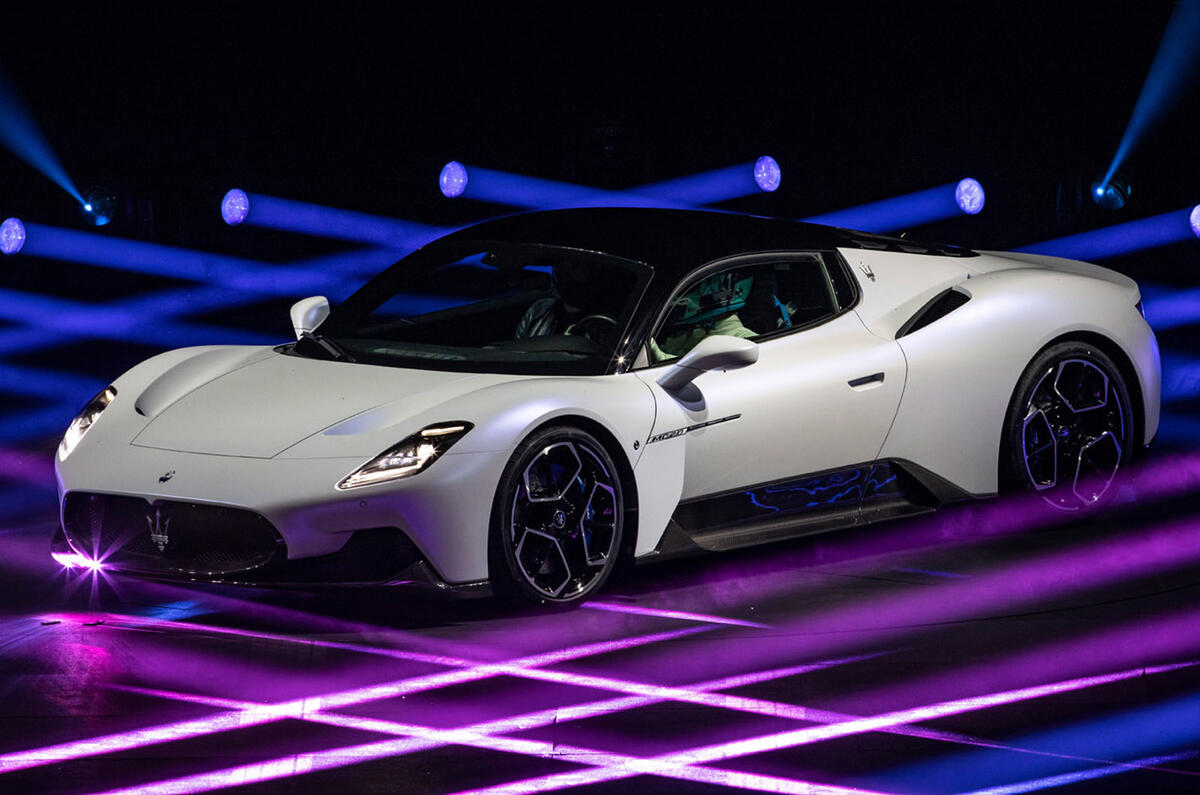
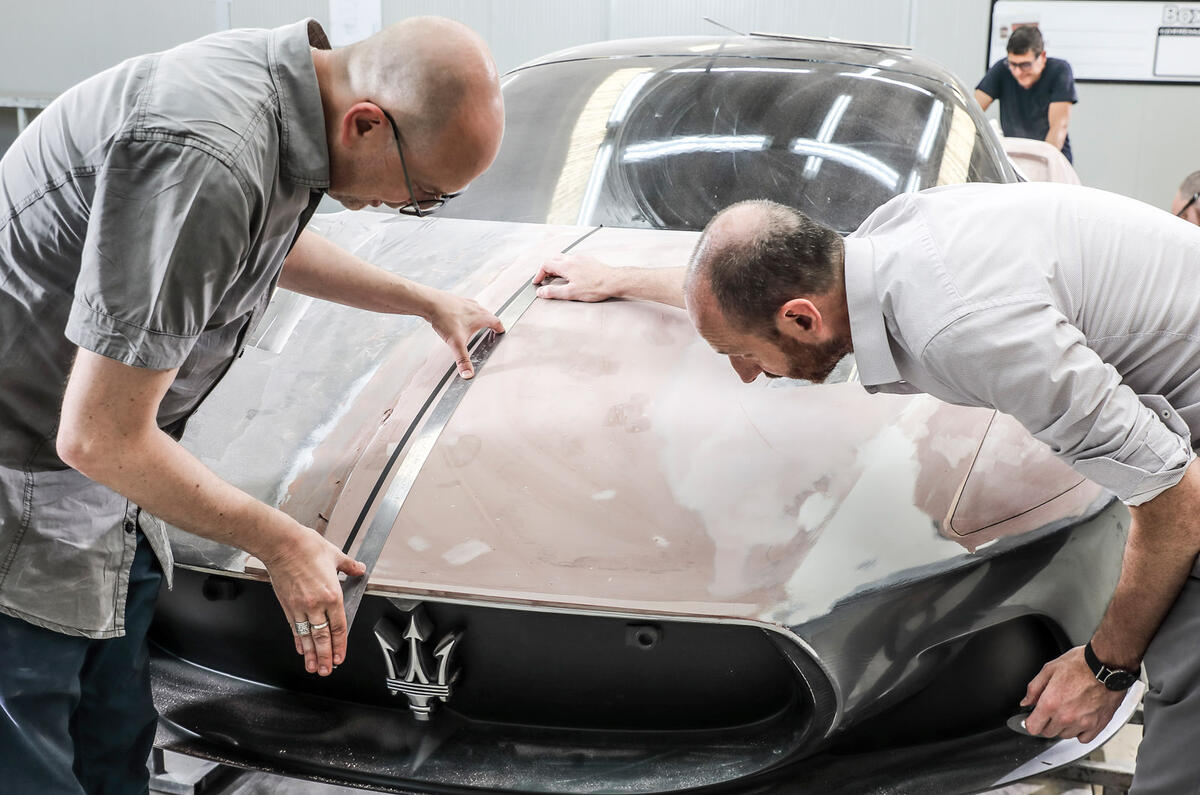
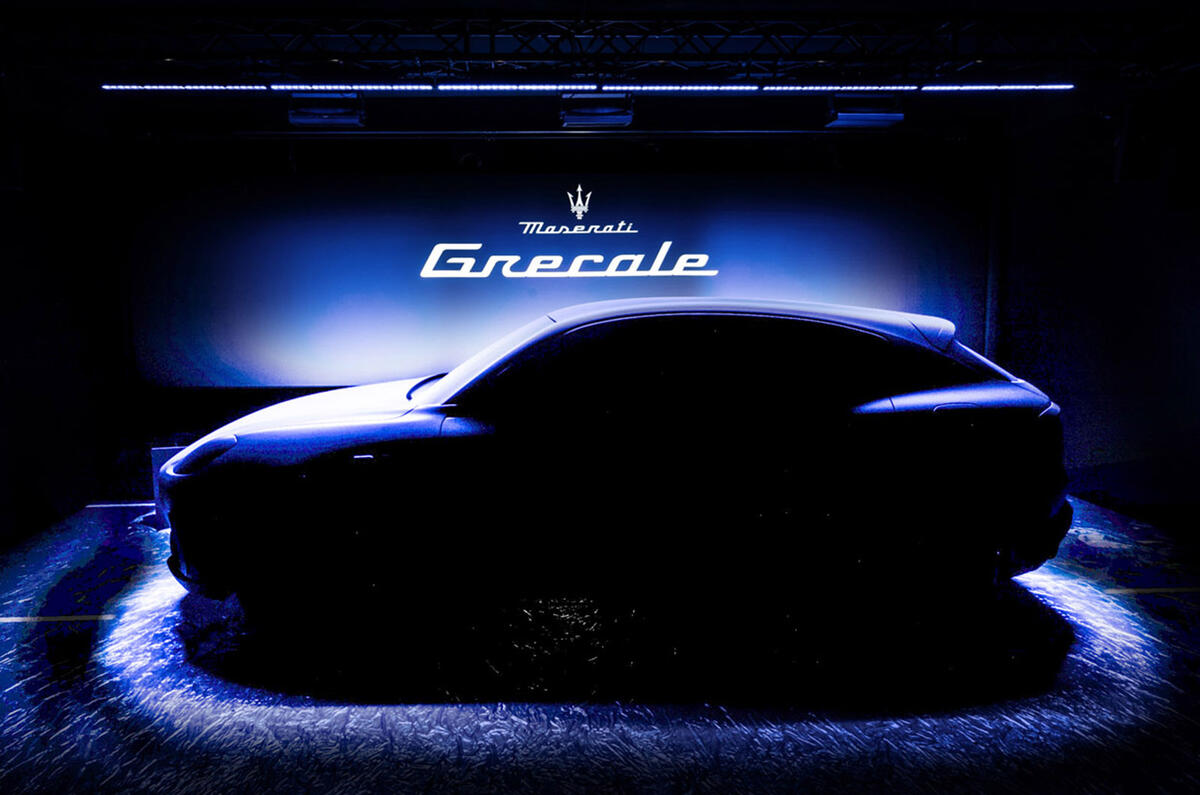
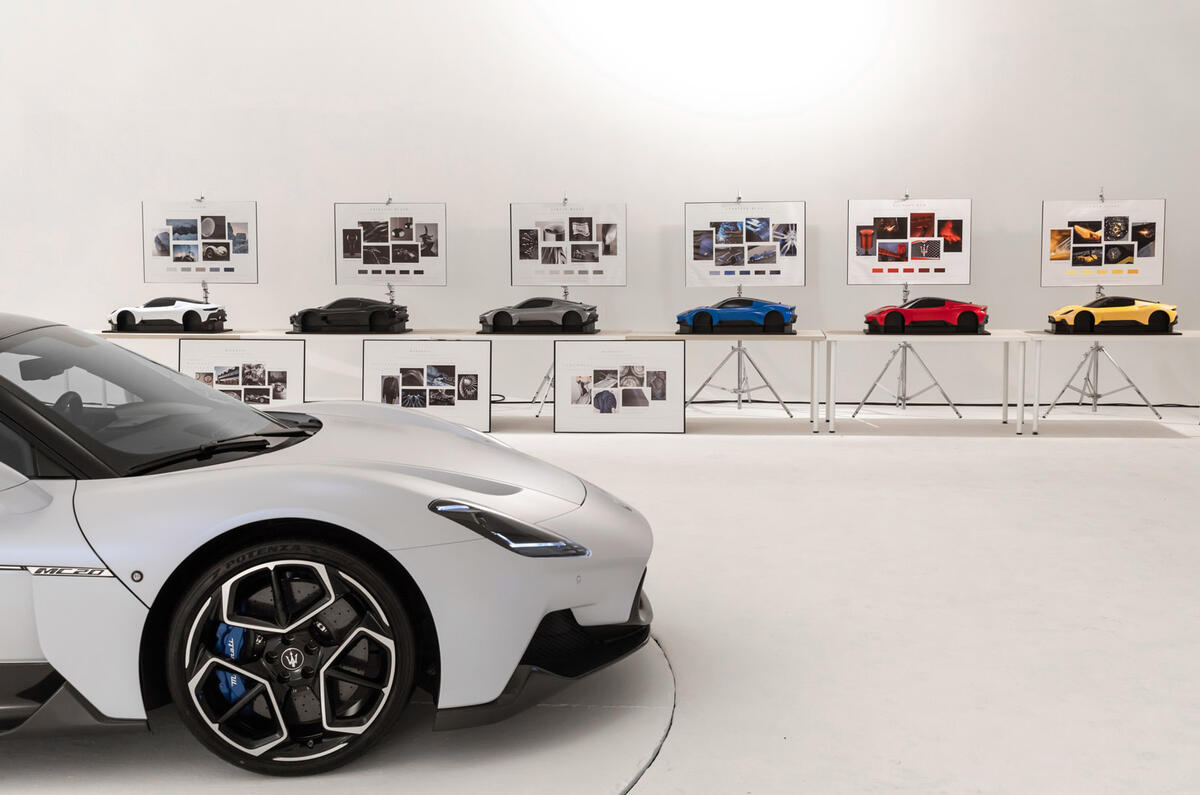
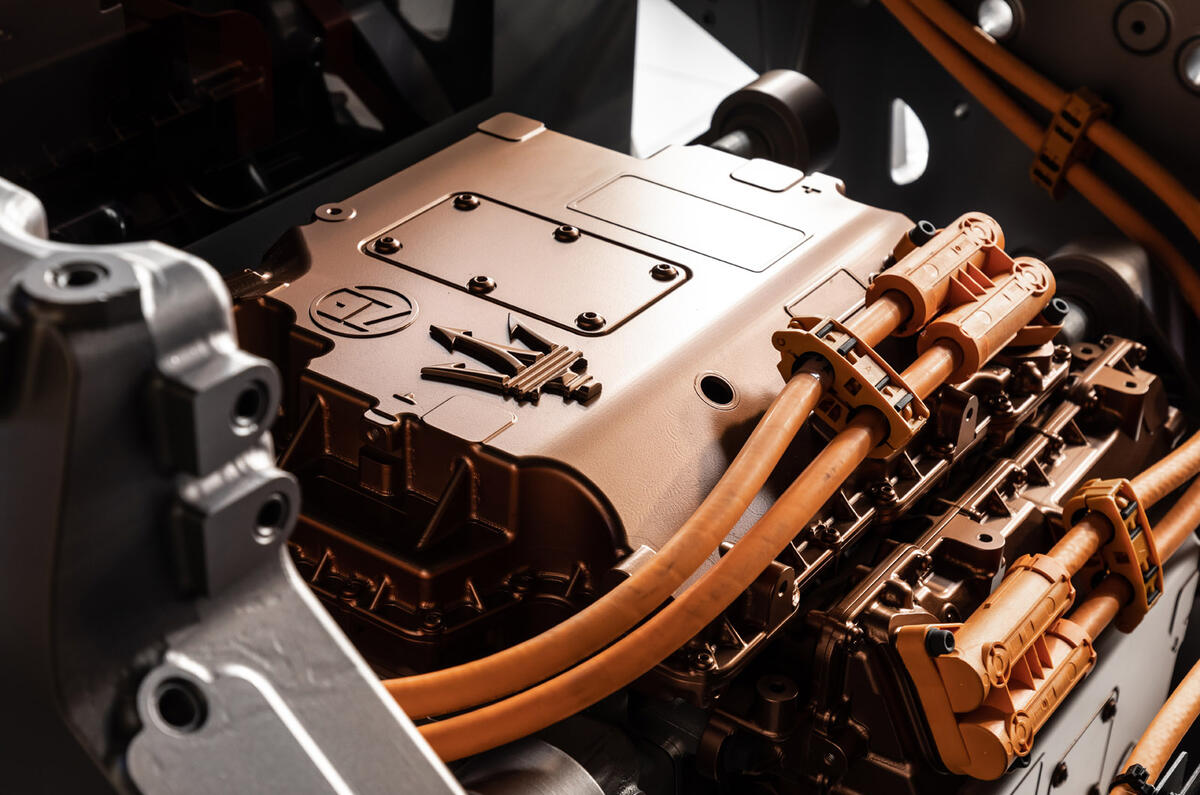
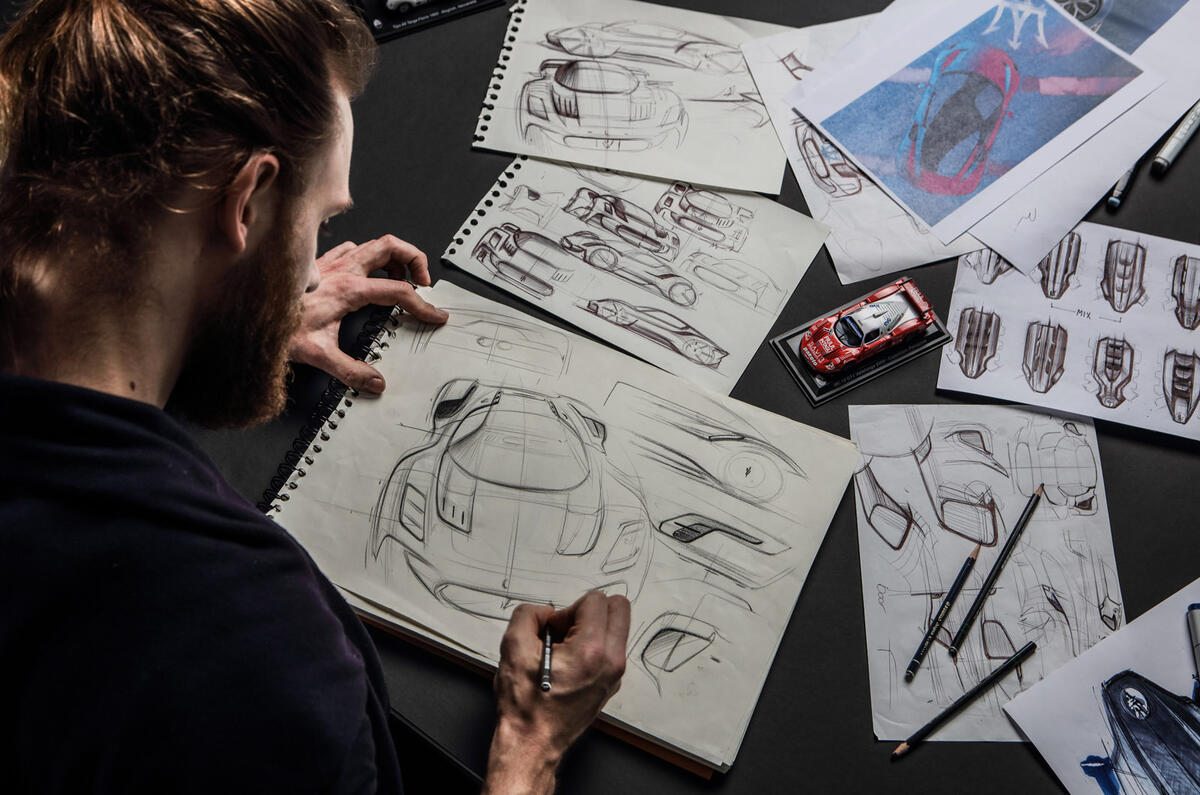
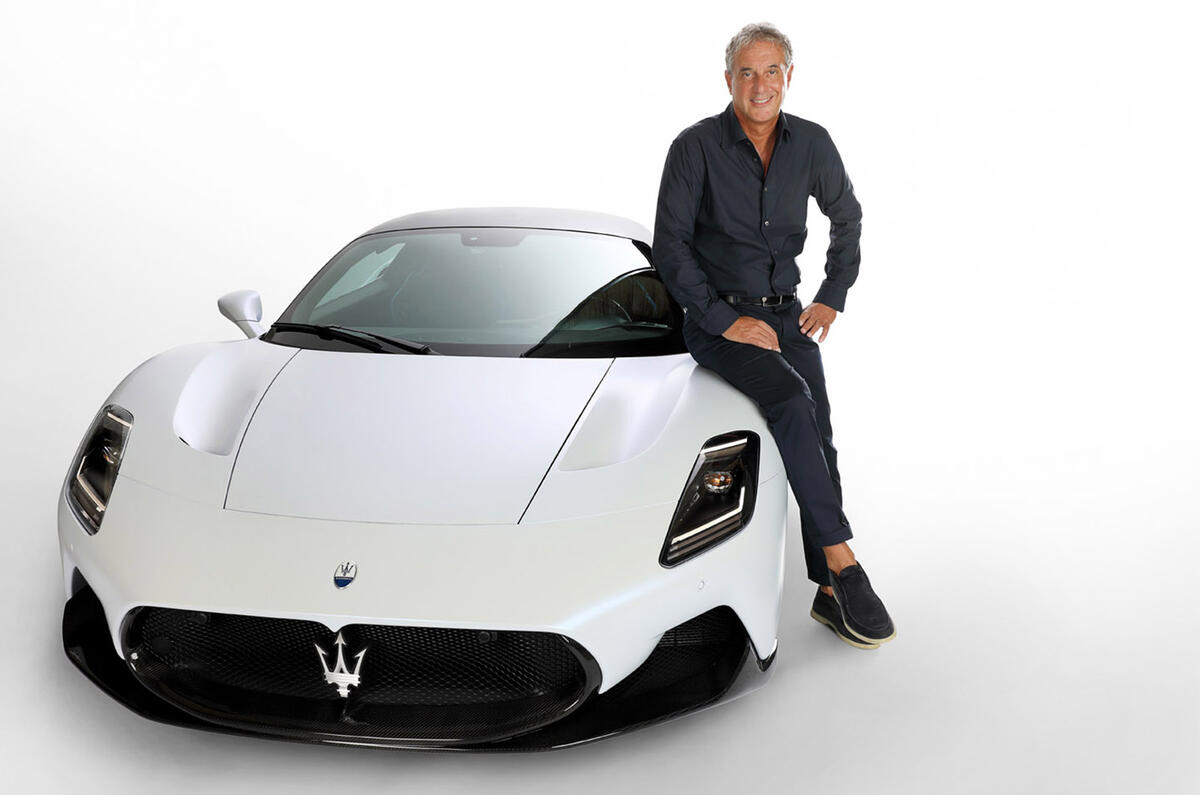
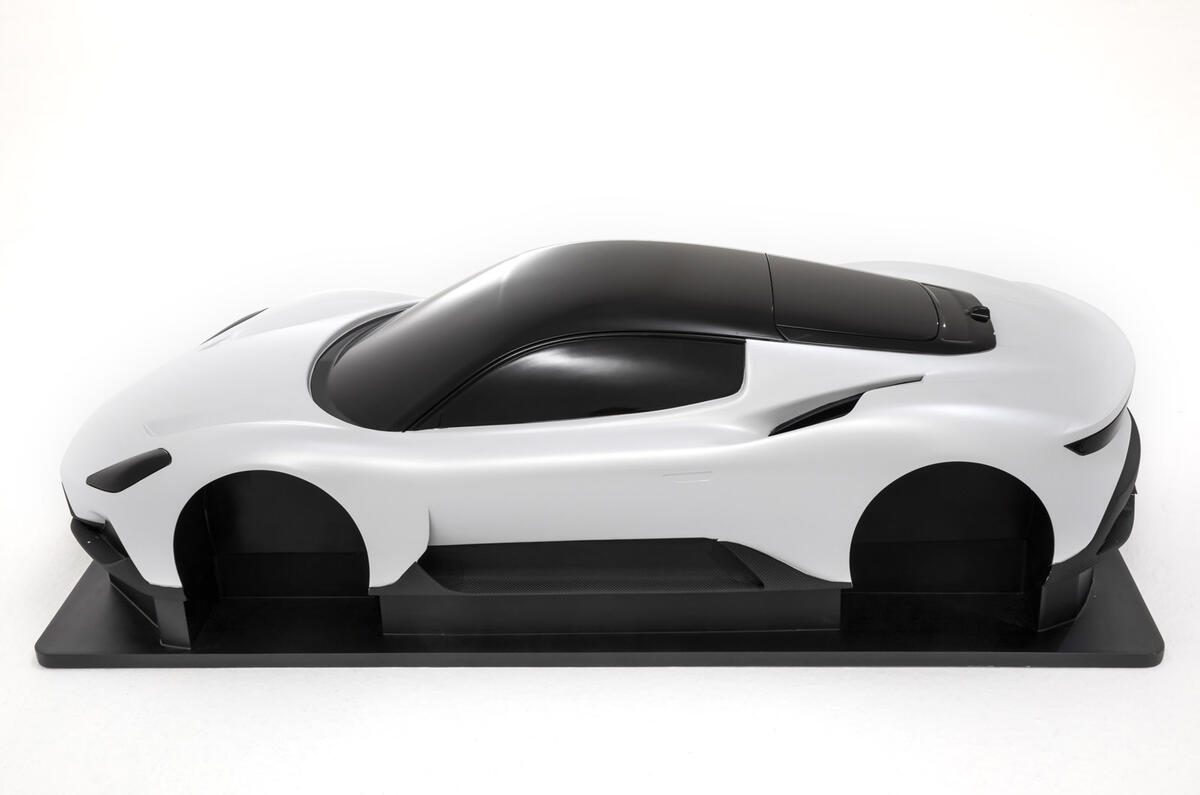
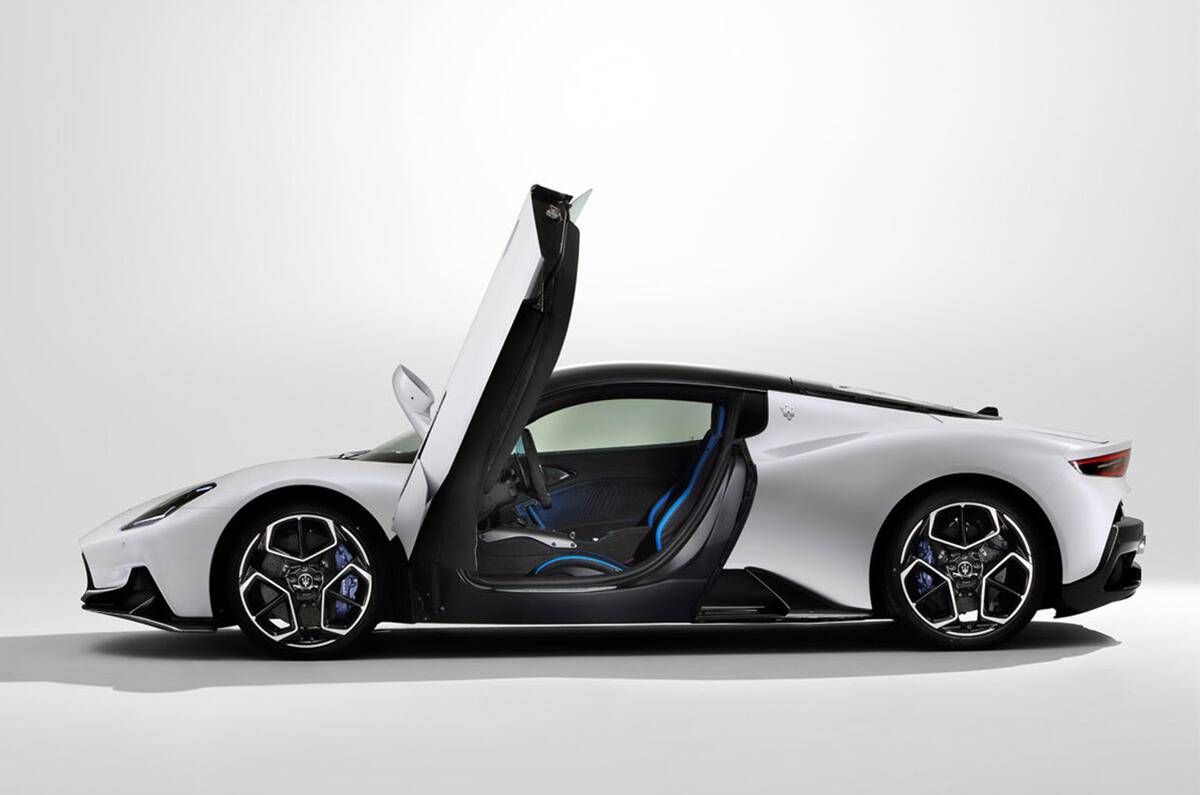
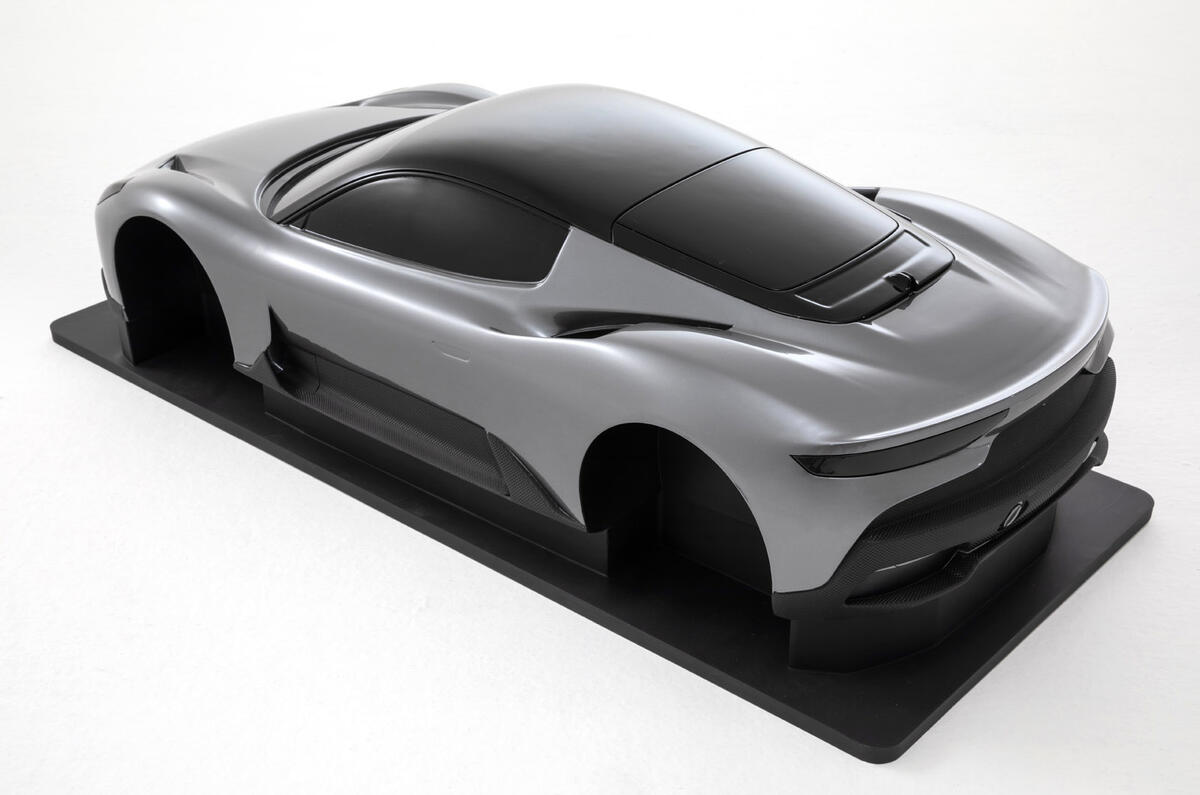
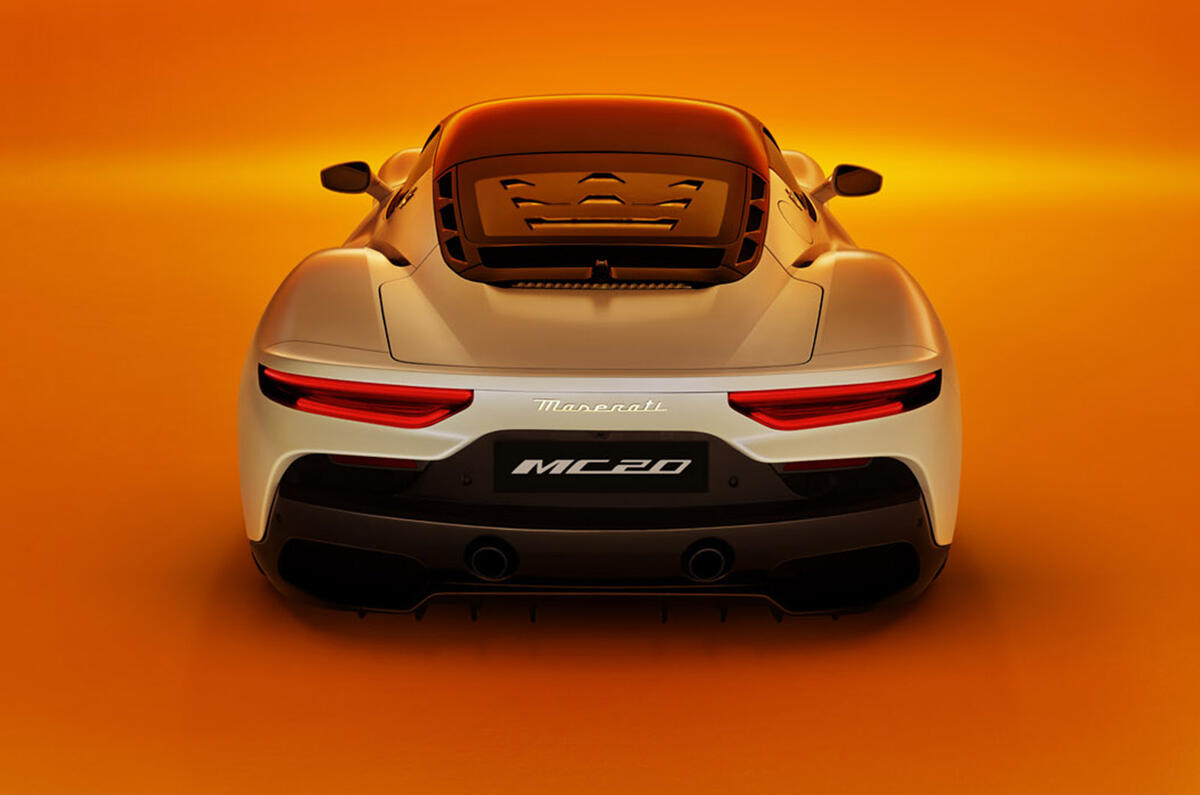
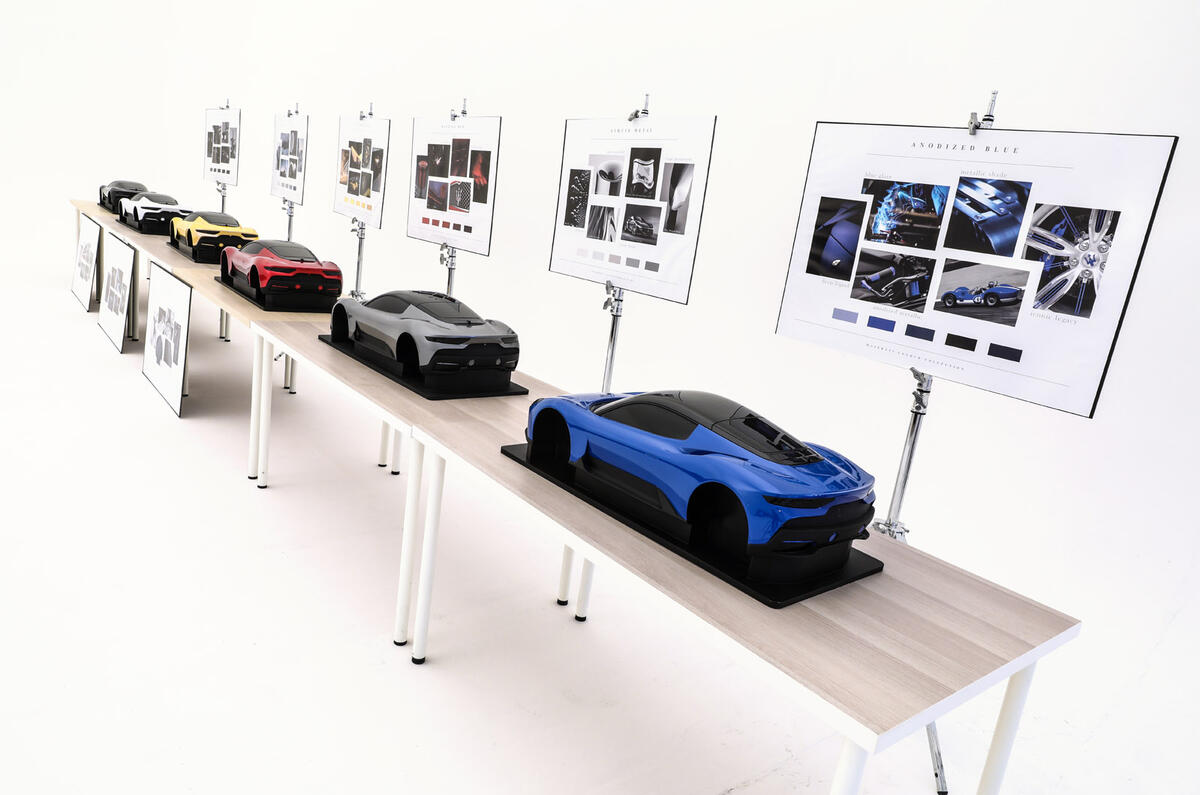
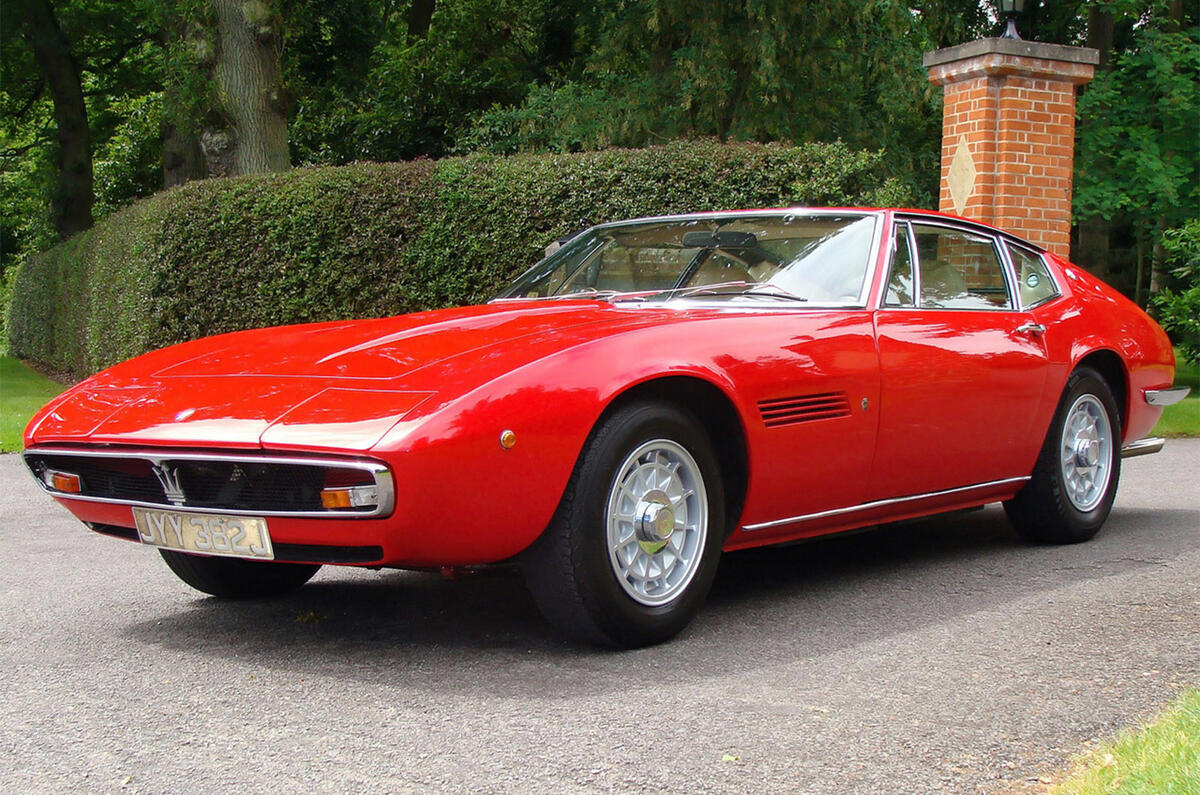
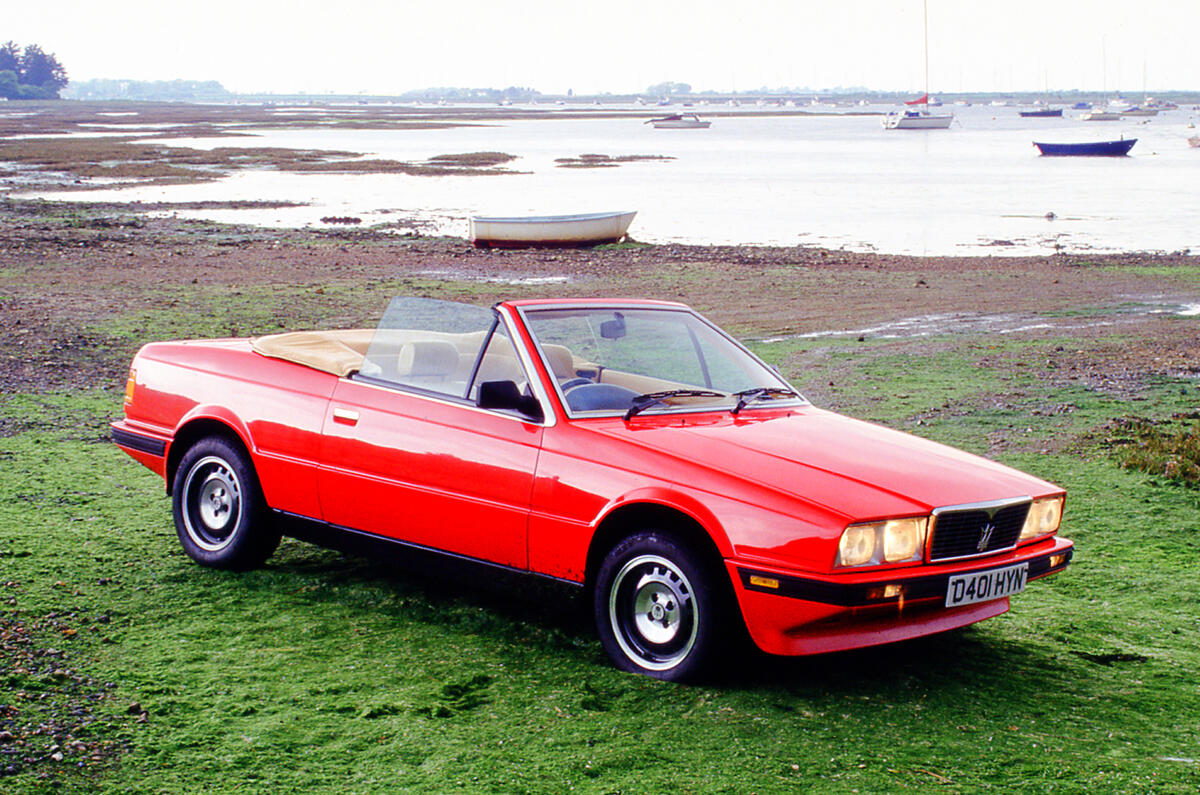
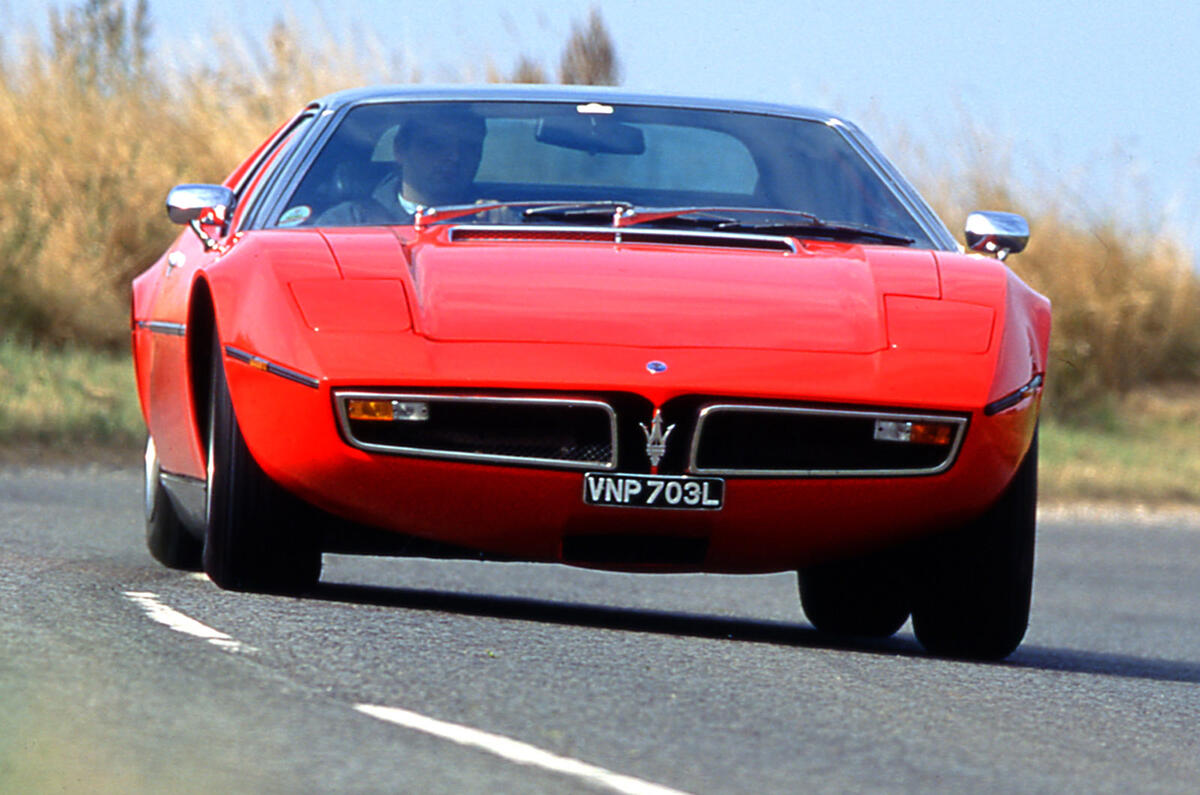
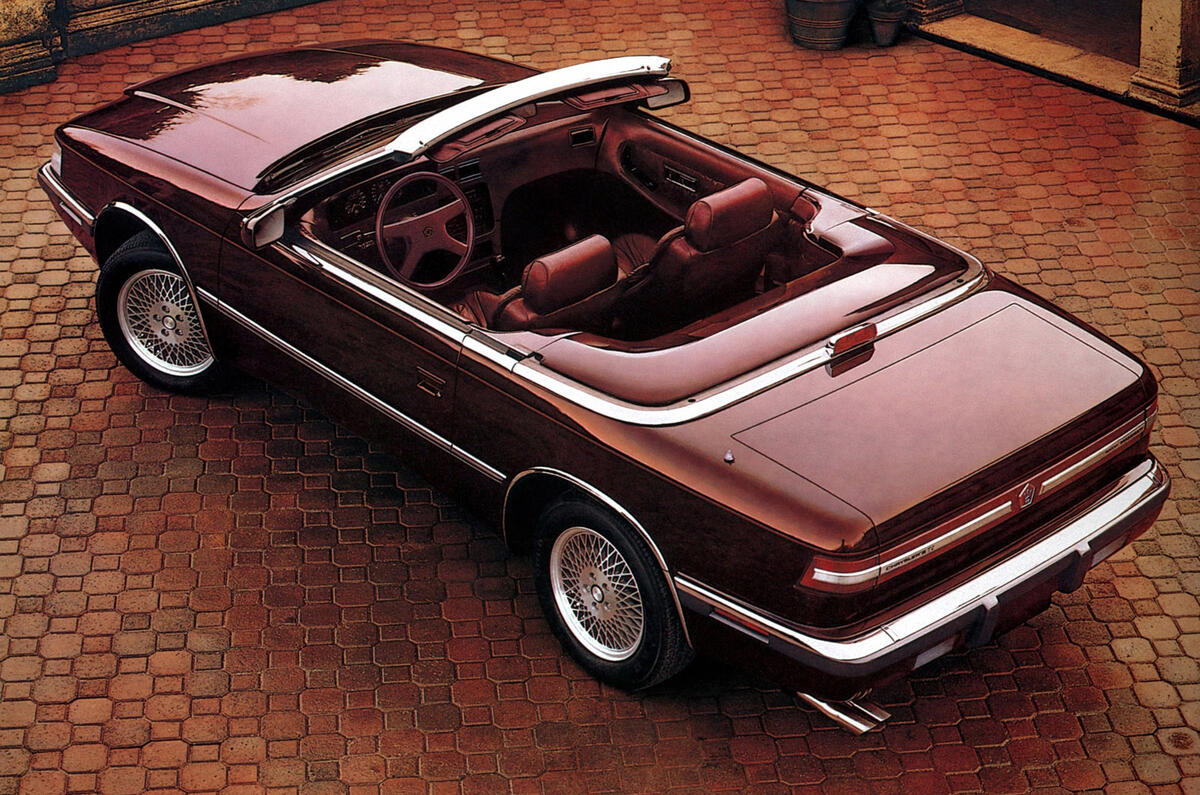
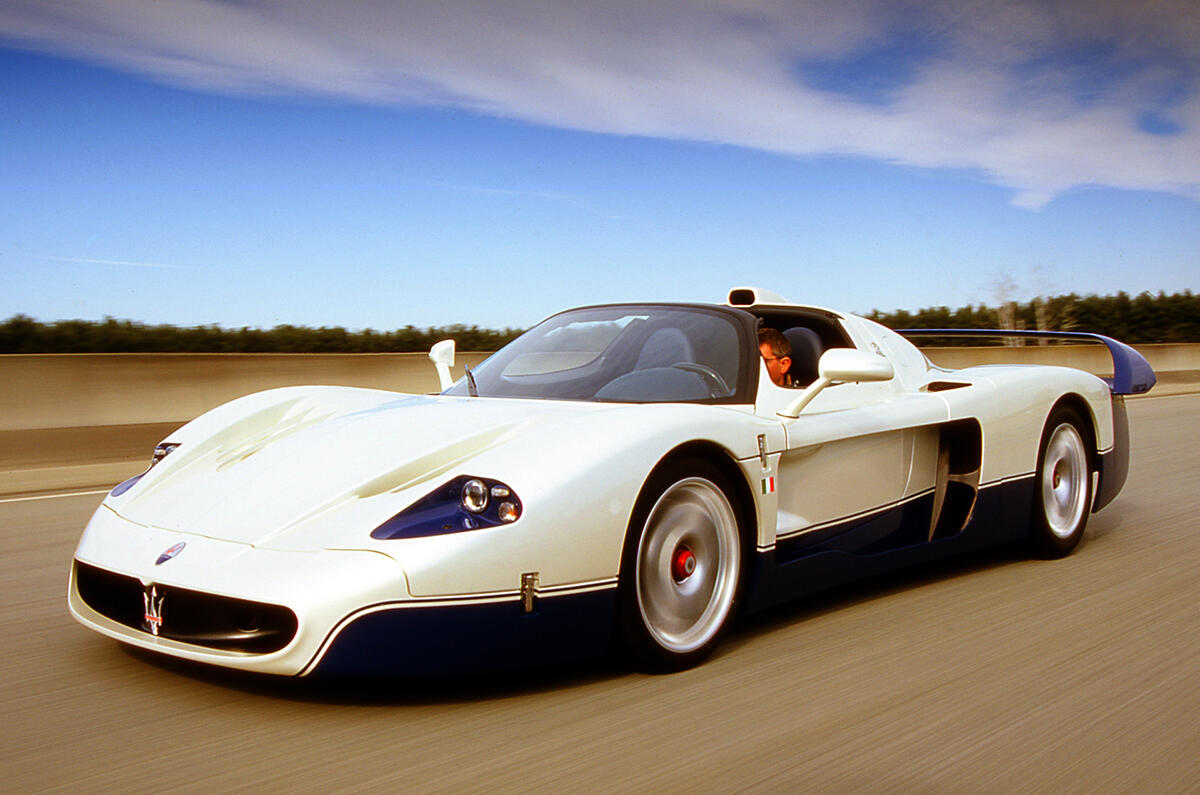
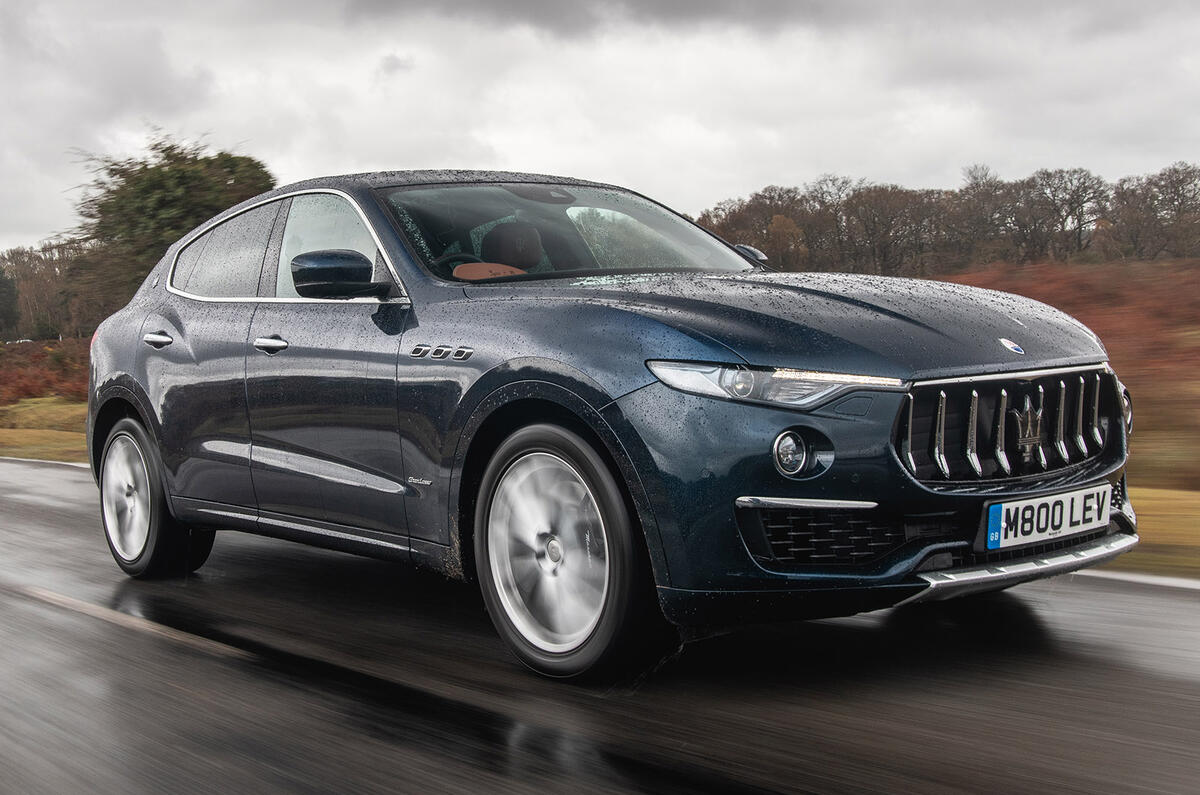
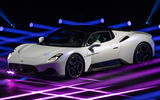

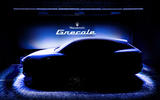
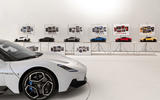


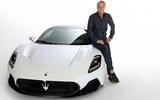

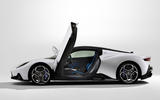
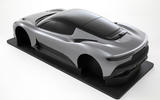
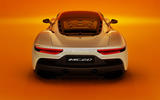

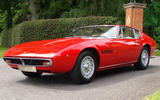
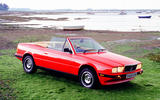
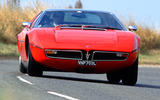
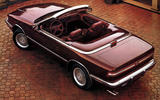
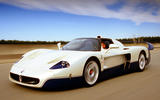
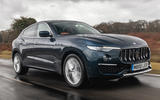

















Add your comment